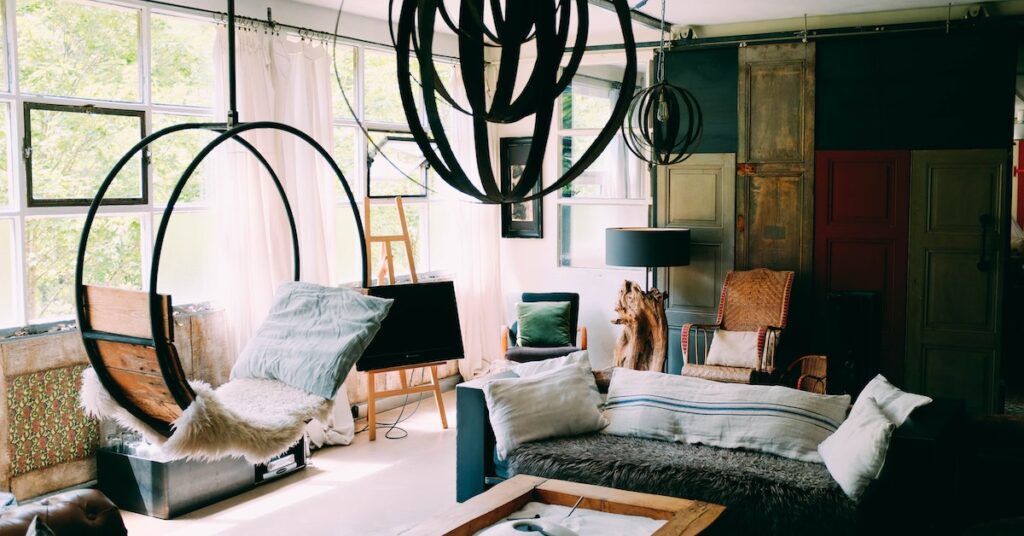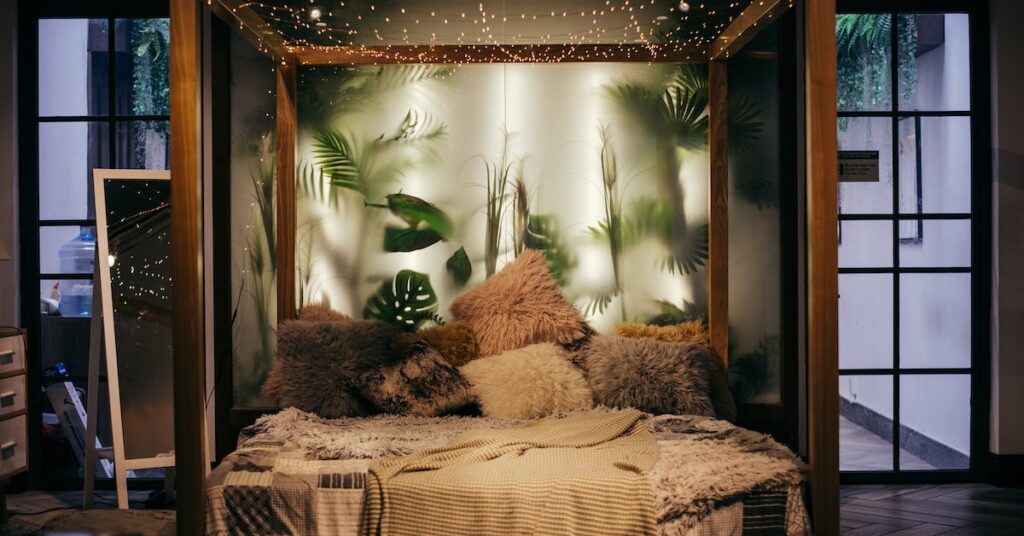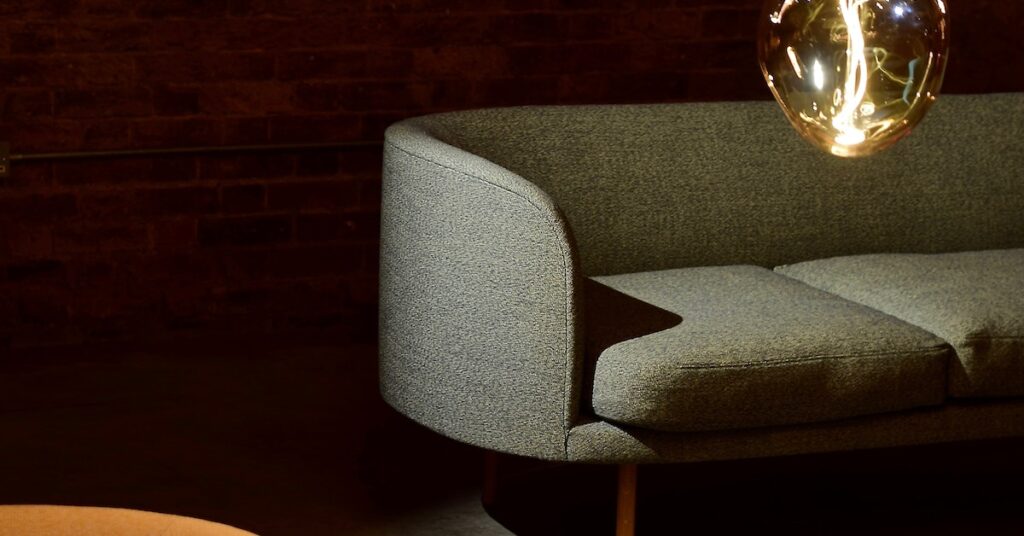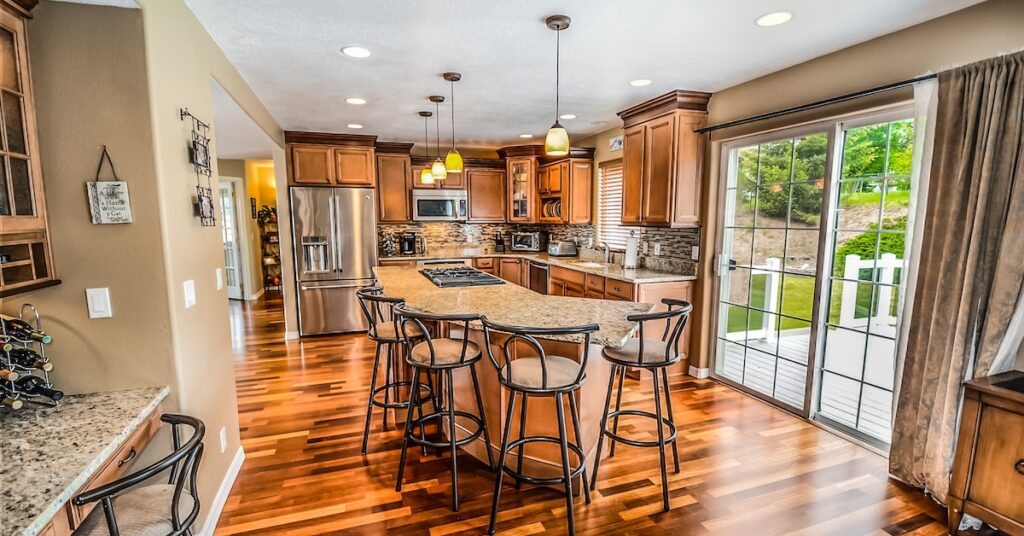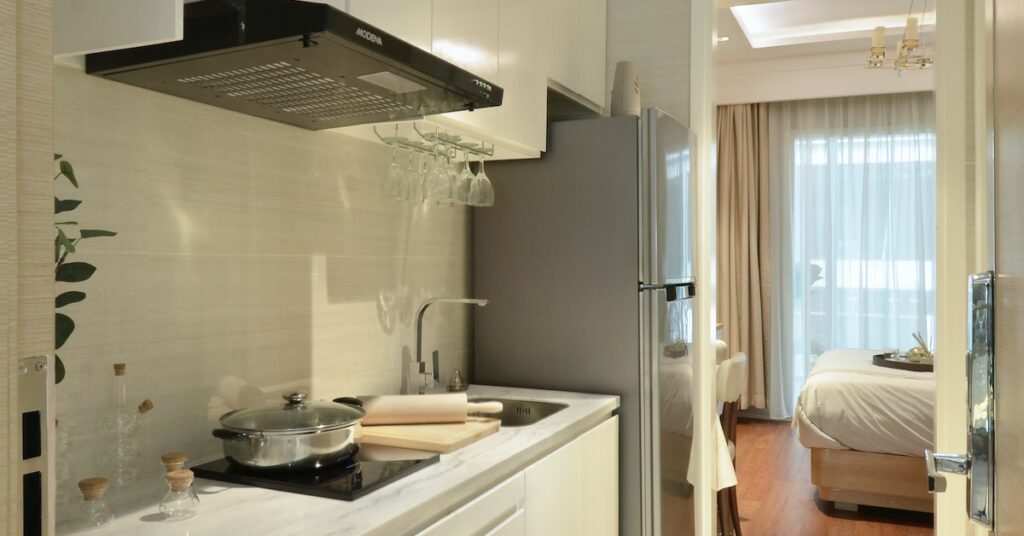When designing a home for an artist, an architect must find imaginative solutions to create a home that reflects their unique vision. Artists are usually eager to participate in the design process and are often willing to go outside the norm. This is an ideal situation for a design firm to work with.
Art should be two-thirds to three-fourths of a room
The rule of thirds is a simple concept, which is used in home decor, art, and photography. It helps us create balance in color and composition. For example, living room furniture should take up about two-thirds of the room. Paintings, likewise, should occupy at least two-thirds of the room.
The concept of proportion is important in everything we do, from architecture to interior design. In interior design, proportion is the size of the room or an object. The key is to find a proportion that works for you. Fortunately, it isn’t as difficult as it sounds. Simply decide on a proportion that works for you and your home, and implement it.
To hang art above furniture, it is important to keep the middle part about 48 inches from the floor. You can vary this, of course, depending on the piece. Also, a piece can hang lower or higher depending on the height of the ceiling or baseboards in the room. In either case, the center of the artwork should sit above the baseboards, although you can vary this slightly.
For wall art to hang over a furniture piece, it should cover at least two-thirds to three-fourth of the wall area. If the piece is higher than furniture, hang it six to twelve inches above the top. You should also use a level to ensure it’s hanging correctly.
Art should be a pop of color and a complement to the mood
When choosing colors for your interior, consider what compliments each other. For example, blue and orange are complementary colors. A pop of color in a complementary color scheme will make the room appear more lively and cheerful. Complementary colors provide bold contrast.
If your space has a lot of activity, opt for paintings and sculptures in more energetic colors. Alternatively, you can choose monochromatic pieces for a calming effect. Art should always be a complement to the mood, but it shouldn’t overpower the space.
Tips for arranging art
Arranging art on a wall involves a few factors. First, you need to choose a starting point. This can be an imaginary line parallel to the ceiling or a vertical line bordering a windowpane. Whatever line you choose, it must create a sense of visual order.
The next step is to decide how to hang the pieces. You can arrange the pieces symmetrically or in an asymmetrical manner. The best way to hang asymmetrical artwork is to have a center point, then work your way outward. When hanging multiple pieces, try to avoid hanging them on the wall if possible, as it will result in an unbalanced look.
If the pieces are framed, consider displaying them on an easel, or on floating shelves. In some cases, hanging framed artworks directly against the wall can cause damage to the wall. To prevent this, plan how to hang them before hanging them. You can use digital tools or simple paper and tape to make an exact plan.
